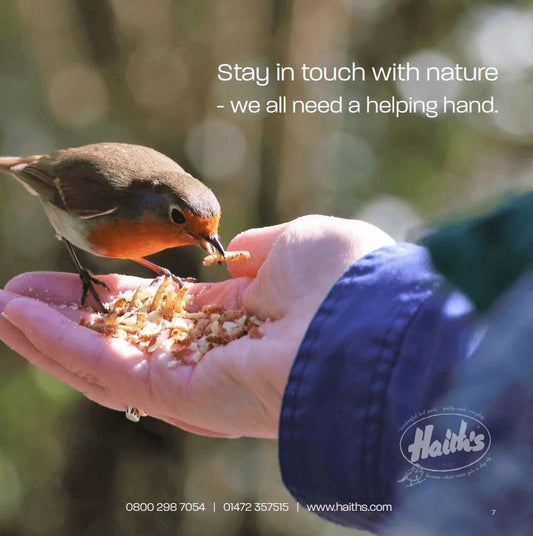Wings Across the World: Celebrating World Migratory Bird Day
Each year, nature lovers around the globe come together to celebrate World Migratory Bird Day, a special event dedicated to the incredible journeys of migratory birds and the challenges they face.
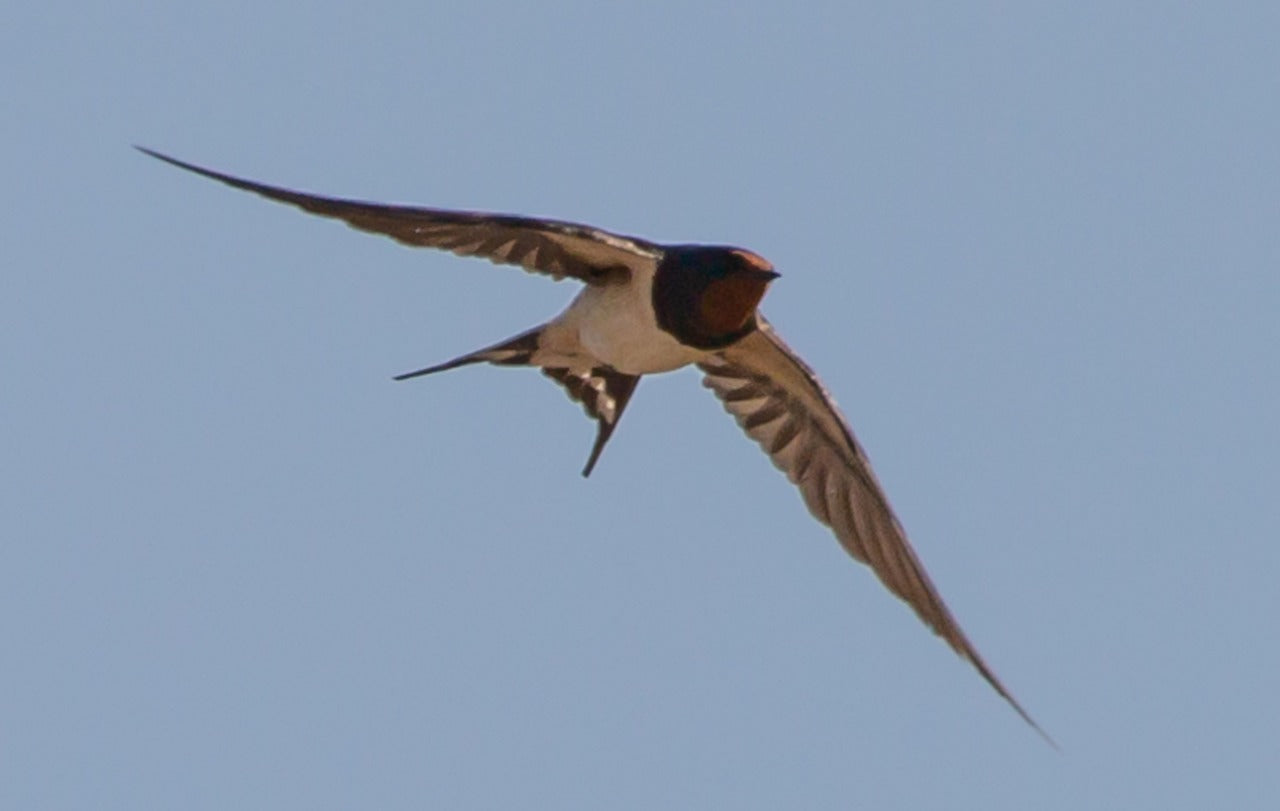
These feathered travellers cover thousands of kilometres across continents, relying on a chain of habitats for food, rest, and shelter. Their migrations are not just awe-inspiring - they are crucial to the health of ecosystems around the world. In this blog, we will explore what a migratory bird is, how we celebrate World Migratory Bird Day, and what we can do to help protect these extraordinary species.
What Is a Migratory Bird?
A migratory bird is any bird that travels from one place to another at regular times often over long distances. Migration is typically a response to seasonal changes. Birds move to areas where food is more plentiful or where they can find suitable breeding conditions.
Some species only migrate short distances, from highland to lowland regions, while others travel vast distances between continents. For example, the Arctic Tern holds the record for the longest migration of any bird - flying from the Arctic to the Antarctic and back again each year, covering about 70,000 kilometres!
Common migratory birds that people across Europe might recognise include:
-

Swallows
Who migrate to Africa for the winter.
-

Cuckoos
Famous not only for their call but also for their impressive journey southward.
-

Barnacle Geese
Who travel from the arctic regions to the coastal areas of Britain and the Netherlands.
Migration is risky and demanding. Birds must navigate natural hazards, predators, and increasingly, the pressures brought about by human activities, such as habitat destruction and climate change.
How Do We Celebrate World Migratory Bird Day?
World Migratory Bird Day (WMBD) is officially celebrated twice a year - once in May and once in October - to reflect the two major seasonal movements of birds between their breeding and non-breeding areas.
Every year, WMBD adopts a special theme to highlight issues facing migratory birds. Previous themes have included the loss of insect populations, the importance of wetlands, and the effects of light pollution.
There are many wonderful ways we can join in the celebrations:
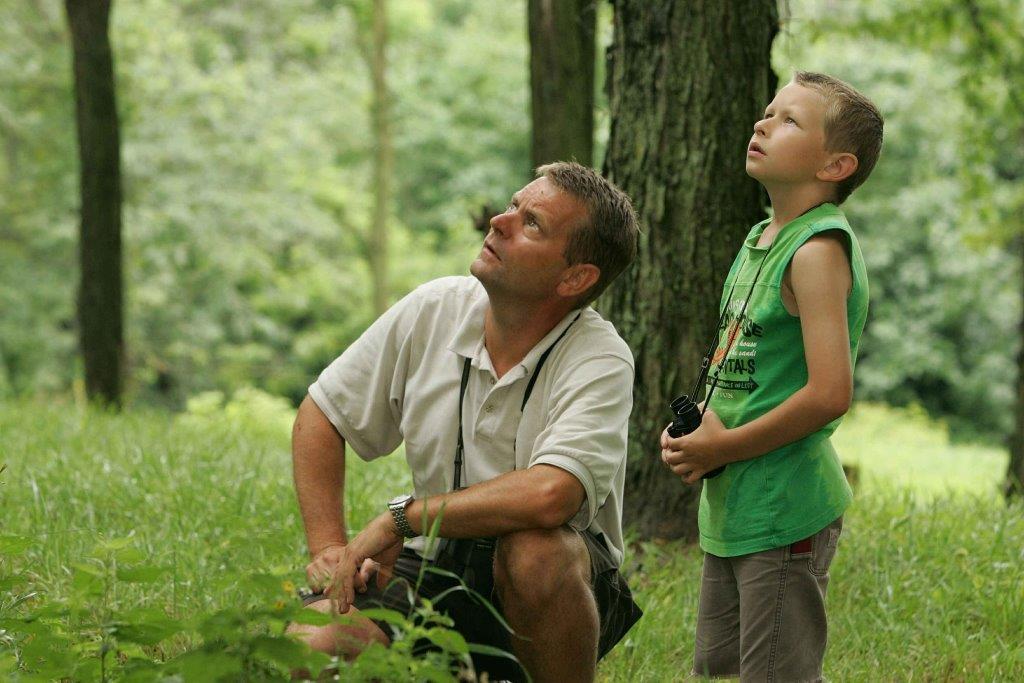
Birdwatching Events
Across Europe, communities organise guided birdwatching walks at nature reserves, coastal sites, and wetlands. These events are perfect for both seasoned birders and curious beginners. Observing migratory birds in their natural habitats can be a magical and humbling experience.
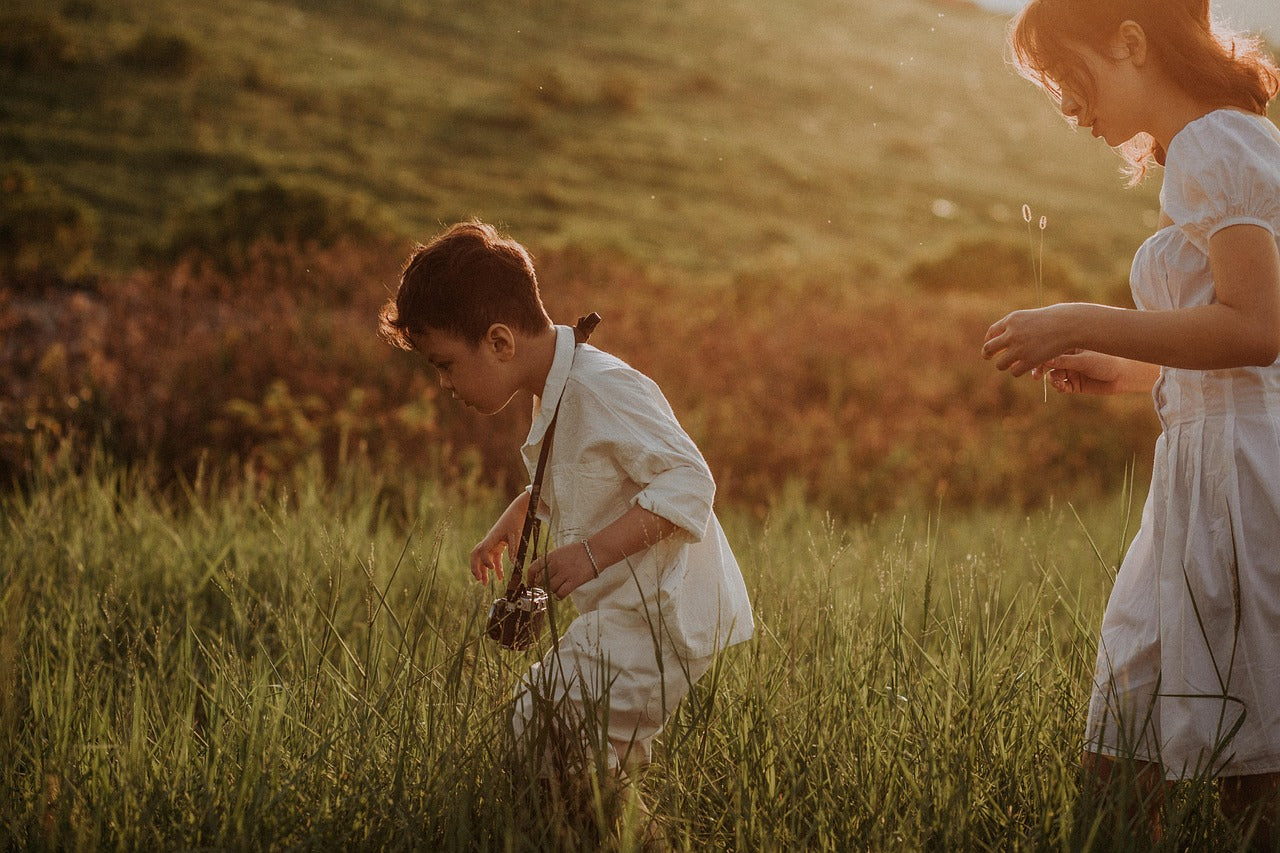
Educational Activities
Museums, wildlife centres, and schools often hold talks, exhibitions, and workshops aimed at raising awareness about migratory birds. These events can be particularly fun and engaging for families with children.

Social Media Campaigns
On World Migratory Bird Day, organisations and individuals flood social media with stories, facts, and stunning photos of migratory birds. You can join the global conversation using hashtags like #WorldMigratoryBirdDay and #WMBD.

Habitat Restoration Projects
Some communities celebrate by organising tree-planting events, litter-picking activities, or wetland restoration days to improve habitats for migratory birds.
How Can We Help Migratory Birds?
While celebrating these amazing birds, it’s important to remember that many migratory species are under threat. Fortunately, there are lots of ways we can help, both individually and collectively.
-

Protect Natural Habitats
Migratory birds rely on a network of habitats to survive their journeys. Wetlands, forests, grasslands, and coastal areas all play vital roles. Supporting organisations that work to protect these
environments, volunteering for habitat restoration projects, or even planting native species in your garden can make a big difference. -

Provide Food and Shelter
During migration seasons, you can help by offering safe resting places:
- Set up bird feeders with seeds, nuts, and suet.
- Provide fresh, clean water for drinking and bathing.
- Create bird-friendly gardens with native plants, which offer natural food sources and shelter.
Avoid using pesticides and chemicals in your garden, as these can harm birds and the insects they depend on.
-

Turn Off Lights at Night
Many migratory birds navigate by the stars. Bright city lights can disorient them, leading to deadly collisions with buildings. If you live in an urban area, simply turning off unnecessary lights during peak migration times can help save lives.
-

Keep Cats Indoors
Domestic cats are one of the biggest human-related threats to birds. Keeping cats indoors, especially during the spring and autumn migrations, can greatly reduce the number of birds killed each year.
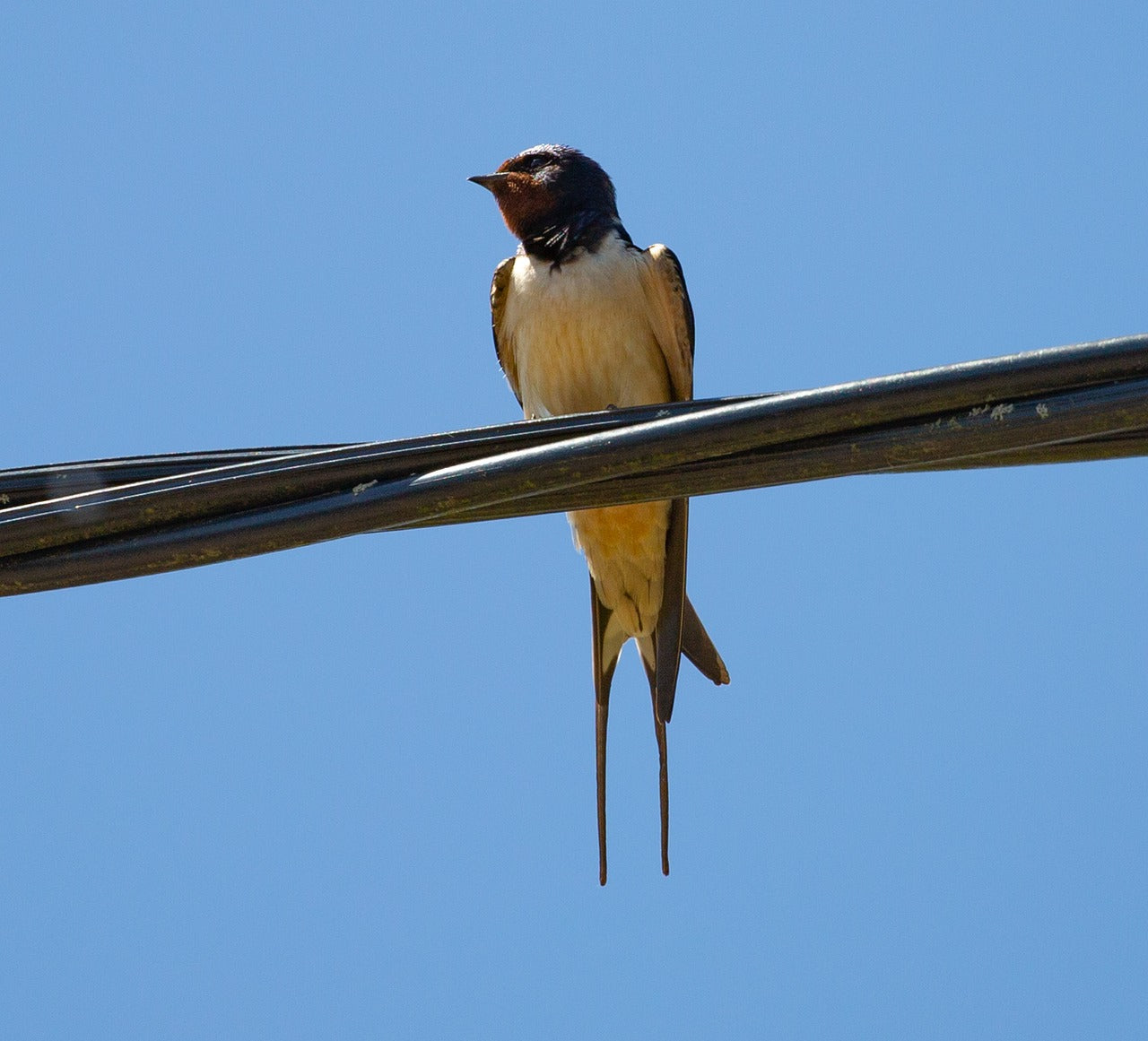
Why World Migratory Bird Day Matters
Migratory birds play a crucial role in maintaining healthy ecosystems. They help to pollinate plants, disperse seeds, and control insect populations. Their presence is also a sign of a healthy planet. By celebrating World Migratory Bird Day, we not only marvel at their incredible journeys but also remind ourselves of the shared responsibility we have to protect them. Birds know no borders - their conservation is a truly global challenge, and one that connects us all.
Dried Mealworms & Live Bird Food
Add insects to your daily feeding routine
-
Dried Mealworms for wild birds
Vendor:HAITH'S to HOME5.0 / 5.0
(35) 35 total reviews
Regular price From £6.29 GBPRegular priceUnit price / per£6.29 GBPSale price From £6.29 GBP -
Live Mealworms for wild birds
Vendor:HAITH'S to HOME5.0 / 5.0
(12) 12 total reviews
Regular price From £19.95 GBPRegular priceUnit price / per£19.95 GBPSale price From £19.95 GBP -
Waxworms for garden birds
Vendor:HAITH'S to HOME5.0 / 5.0
(3) 3 total reviews
Regular price From £19.95 GBPRegular priceUnit price / per£19.95 GBPSale price From £19.95 GBP -
Rufus The Robin Christmas Hamper
Vendor:HAITH'S TO HOME5.0 / 5.0
(1) 1 total reviews
Regular price £14.41 GBPRegular priceUnit price / per£16.95 GBPSale price £14.41 GBPSale
This World Migratory Bird Day, why not take a moment to look up at the skies, visit a local nature reserve, or simply listen for the cheerful chatter of swallows overhead? Celebrate their journeys, support their survival, and share their story. Together, we can help ensure that migratory birds continue to grace our world for generations to come.








